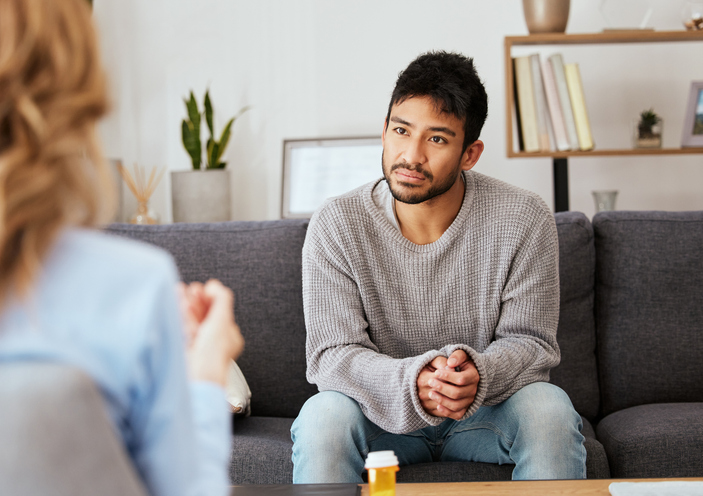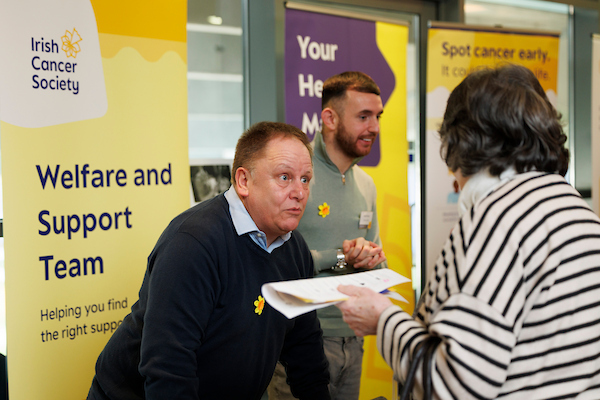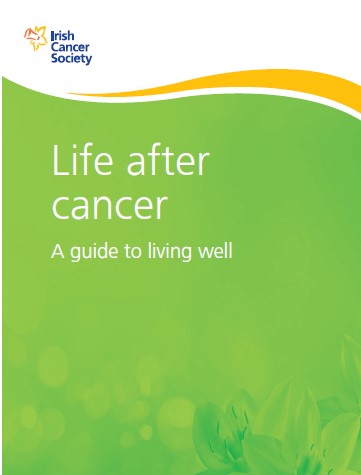Non-melanoma skin cancer
After treatment
What follow-up do I need?
After your cancer treatment has ended, you will still need regular appointments with your cancer specialist. This is called follow-up. Your doctor will discuss your follow-up plan with you.
Most patients who have had treatment for low-risk skin cancer will not need long-term follow up by their hospital consultant. The follow-up will be done by their GP.
If you have a higher-risk cancer, you will need to see your consultant for checks. Follow-up may involve having a full skin check and possibly blood tests and scans.
Make sure you understand your follow-up plan and have a phone number to contact if you have any queries.
Ask any questions you have, and to let your doctor know if you are having any problems. Tell them about any new symptoms, aches or pains you have, or if you are finding it hard to cope. It can help to write down what you want to say beforehand, so you don’t forget anything.
If you are between check-ups and have a symptom or problem that is worrying you, call your specialist nurse for advice or to arrange an earlier outpatient appointment if necessary.
If you become suddenly unwell and can’t contact your specialist nurse or hospital team, go to your GP or the emergency department at the hospital.
Why follow-up is important
It’s important to go to your follow-up appointments so your doctor can check for signs of the cancer coming back (recurrence) and help with any side-effects that you may have. They can also check for new side-effects that may develop after you have finished treatment. It is best to be aware of these as early as possible so that suitable treatment can be given.
Reduce your risk of further skin cancer
If you have had skin cancer, you have a higher risk of developing another. Take care to check and protect your skin and examine the scar site regularly.
Remember to:
It’s very important to check your skin regularly for changes after treatment for skin cancer.
You should also be extra careful to protect your skin from UV rays.
Check the scar of your skin cancer surgery when it has healed. Look for changes such as lumps or bumps, changing colour, crusting or bleeding. This should be part of your regular routine of checking your skin.
While avoiding all sunlight reduces your risk of skin cancer, it is associated with vitamin D deficiency. Consider having your blood vitamin D level measured.
If low, try eating more foods high in vitamin D such as oily fish, eggs, meat, fortified milk and cereals, or take a vitamin D3 supplement. These are widely available from pharmacies and health food shops.
Talk to your GP or dermatologist if you have concerns about vitamin D and always mention any supplements when asked about medications.
Life after treatment
The end of treatment is a time when people often expect to feel relieved, happy and able to get on with life again, but it can take some time to adjust and for your body and mind to recover.
We have information to help you with:
- Side-effects
- Your feelings after treatment
- Living a healthy lifestyle
- Financial and practical matters
LACES after-treatment workshop
Join our Life and Cancer – Enhancing Survivorship (LACES) programme when you have finished treatment or started maintenance therapy.
This workshop covers topics such as diet, exercise, wellbeing, finance and self-management and gives information on support and services to help you.
What if the cancer comes back?
Sometimes cancer does come back, even after successful treatment. Cancer cells may remain in your body and grow again, although your doctors do all they can to prevent this.
If the cancer comes back (recurrent cancer) you can still have treatment. Your doctor will discuss your treatment options with you.



Talk to a Cancer Nurse

Support Line
Our Daffodil Centres


